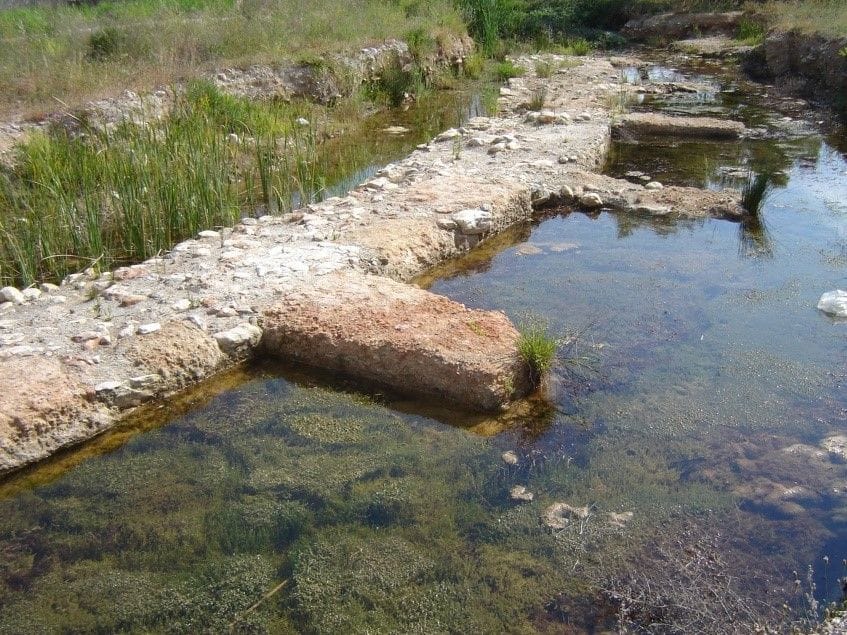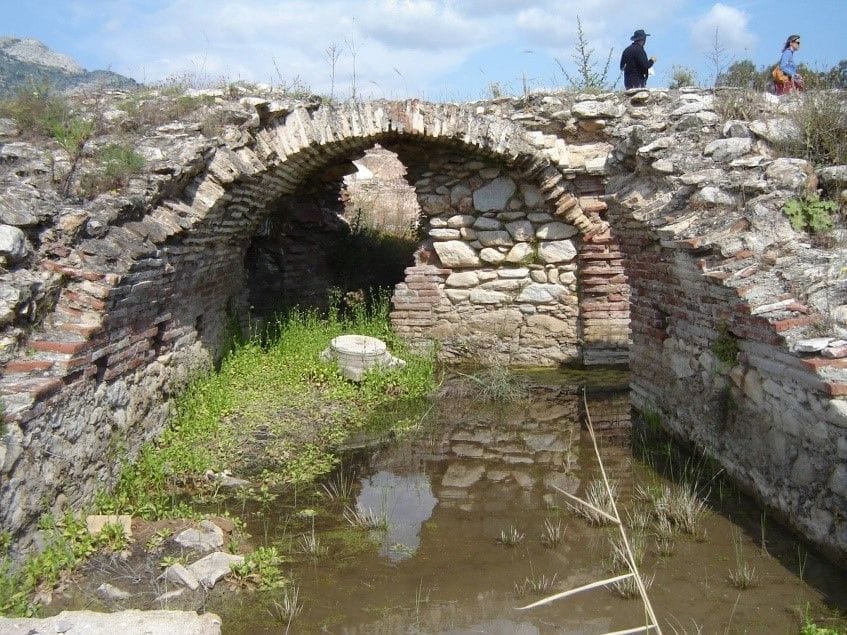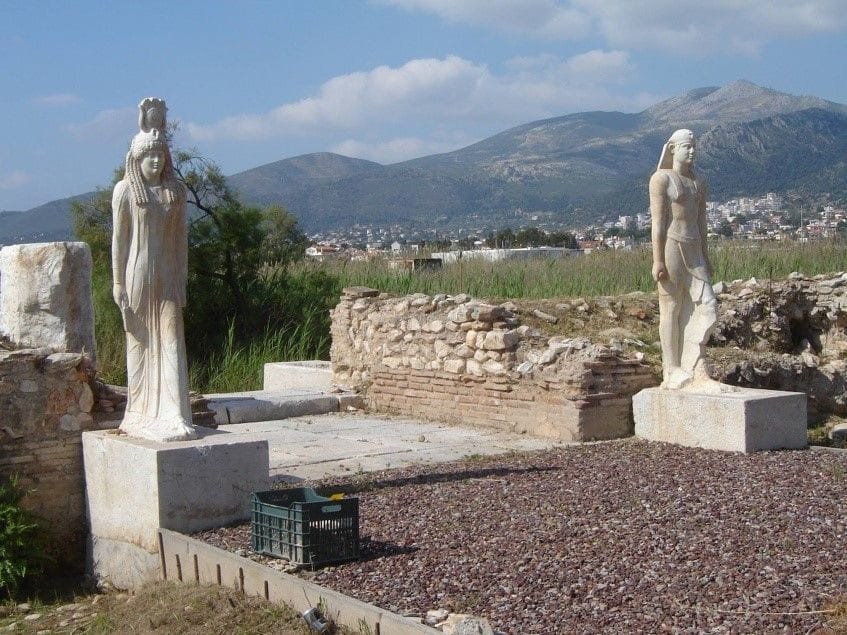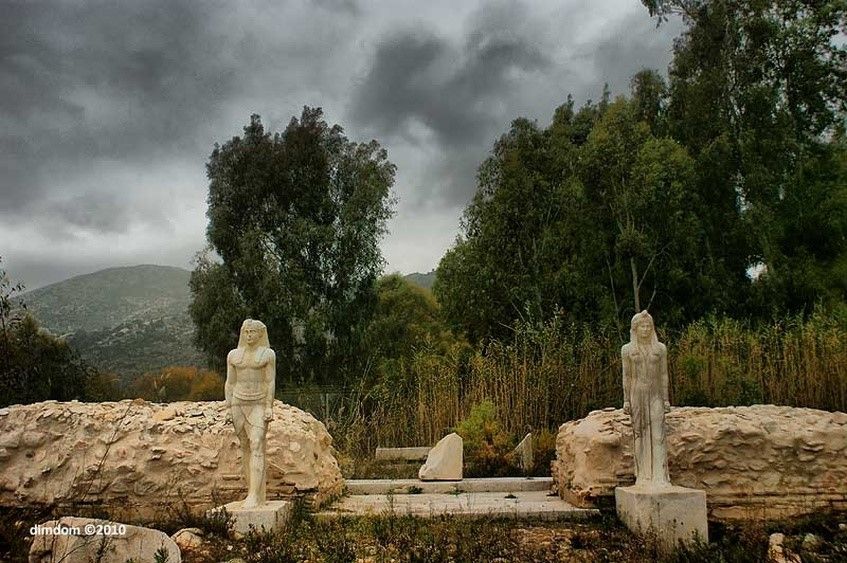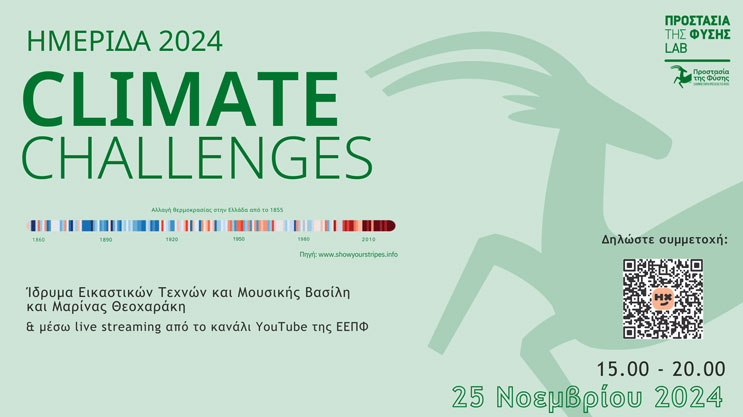We can save the important wetland and archeological site of Brexiza in Nea Makri, in Eastern Attica.
As the Association of Friends of the Archaeological Museum of Marathon informs us, Brexiza, a site of great historical, archaeological and environmental value, has been under pressure for years from illegal garbage disposal.
You can view an information memo (in Greek) for the rescue and restoration of Brexiza, and undersign it, here:
https://www.facebook.com/groups/filoi.mouseiou.marathona/permalink/2933804336667072/ You can send it to the Friends Association of the Museum..
“The area of Brexiza in Nea Makri is a small wetland receiving water from a source located on Marathon Avenue. Also known as the Small Swamp as opposed to the Big Swamp of Schinias, it played a strategic role in Greek history in the planning of the battle of Marathon in 490 BC. In 160 AD on the sea front of Brexiza, the great orator and sophist Herod Atticus built an extensive complex of temples of worship of Egyptian gods, a bath and an aquarium.
The antiquities of the area of Brexiza have been noted in Ottoman times by European travellers, who referred to this site under the name Nisi (‘Island’). In 1792 the French consul in Athens, L.S. Fauvel, drew a map depicting the ancient ruins on an islet in the middle of the swamp. Excavations took place during the second half of the 20th century and continue to date. The restoration and promotion of the archaeological site has been co-financed by the EU, and the area is a listed archaeological site with designated zones of protection.
In addition, it is a designated priority wetland according to the New Spatial Plan Law 4277/2014 (p. 4968), because of the morphology and the soil composition of the area.
The swamp was drained firstly in 1933, and again in 1952 when 270 acres were given to the nearby American naval base.
After the departure of the Americans, part of the base was provided to the fire department of Nea Makri and to the municipal cultural and sports center.
Following the works for the construction of the cultural center, the remaining part of the area started to be used as an illegal landfill as the contractor throwed there the first rubble.”
(Excerpt from the memo)
(Photographies: V. Delagrammatikas, Association of Friends of the Archaeological Museum of Marathon)
